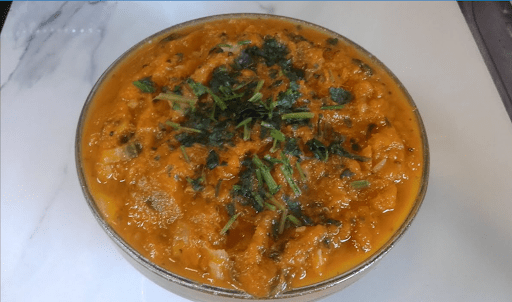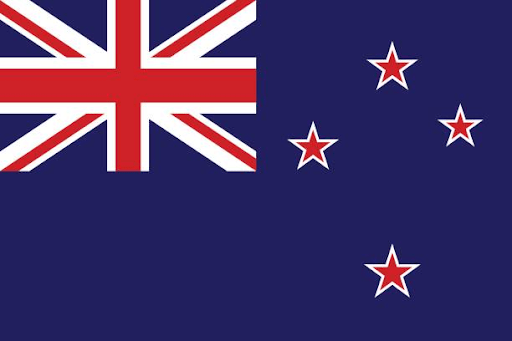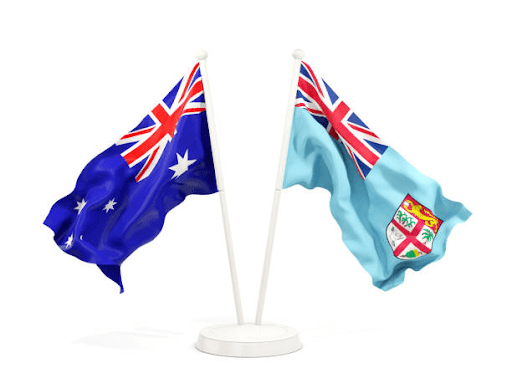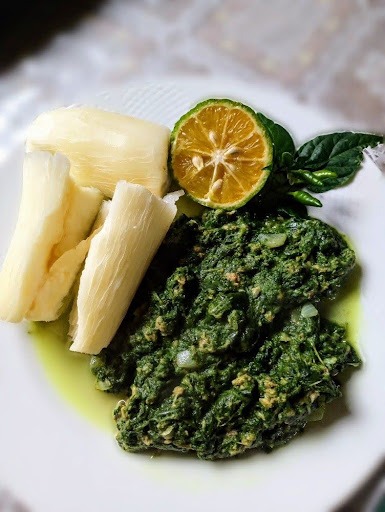Fiji’s lost art of female tattooing
The people believed that the tattoos gave them passage into the netherworld.
Feature image credit: Wikipedia
The sacred art of tattooing (veiqia) was once a treasured practice among the women of Fiji. The priestess (known as “wise women”) inked young girls under their grass skirts when the girls hit puberty.
During the tattooing, the wise woman invokes the ancestors to guide the ceremony, a testament to the role of genealogy in this tradition. Tattooing was thought of as a revered and beautiful ornamentation of women. A rite of passage, if you will.
On the large island of Viti Levu, the girl who was to be tattooed must fast from daylight till eve for twelve hours. At night, she fishes for freshwater prawns until dawn, then sought out three lemon thorns, fastening them to reed stems that were to act as handles. This apparatus is to be used as the tattooing instrument.
She then lies on her back before the wise woman. The wise woman would have a coconut shell that contained ink. She then blesses the liquid and calls out to the spirits of the dead to soften the girl’s skin and minimise the pain.
Next, the wise woman tattoos the vulva first, as it is the sacred part. The pain the girl feels is known as “the extraction of the spear”, and this is the most painful part. When this portion of the ceremony is over, the girl is soothed to sleep, and the work continues.
The girl’s intended husband presents the wise woman with an initial payment, and then holds a feast four days after the ceremony. The day of the feast is known as “the shedding of scales”. By this day, the girl’s skin would have healed. All the women gather together to witness the “scales” fall off, and the girl is the object of envy among the young girls.
History of veiqia in Fiji
Ancient stories suggest that this practice has been around for a long time. Different provinces have different accounts of how this tradition was born. Some sources suggest that the tools certain communities used to puncture the skin and create tattoos were fashioned from turtle shells, chicken bones, and others. The Lau Islands of Fiji was one such place, where shark teeth or fish bones were used with sooty black candlenut pigment.
On the Lau Islands, the procedure was performed in a special hut called the “black bottom”. The girls’ skin is inked in three or four installments over a year or more. At the end of it, the corners of her mouth and her finger are tattooed to show that she is marriageable.
Records show that there were also places in Fiji that used a six-inch comb-like instrument with charcoal and candlenut oil.
According to American naval officer Charles Wilkes who visited Fiji in the 1840s, getting tattooed gave the women passage into the netherworld. The tattoo prevented the woman from being persecuted by their own sex upon reaching the next world. The Fijians believed that if a newcomer turned up without a tattoo, she would get chased continuously through the lower regions of the afterlife.
In fact, this belief was so strong that if a girl were to pass away before she got tattooed, her friends would paint marks that resemble tattoos on her body in hopes of deceiving the priest to escape the wrath of the gods.
Men were only tattooed sometimes, and not extensively. While the girls were tattooed and renamed away from the public eye in hidden pockets of the forests, the boys were publicly presented in the temple.
In Hill Tribes of Fiji, Adolph Brewster shared that the practice of tattooing dates back to even before the Polynesians arrived in Fiji, growing and evolving through the passage of time.
Early European explorers of Fiji were captivated by this practice. They made drawings of tattoo designs on the women’s vulvic area and buttocks. The design usually consists of parallel lines, with single lines perpendicular to the main lines, finished with dots. Others are of little stars on the cheeks or other parts of the body. There are also designs that start from the wrist, extend up the arm, run above the breast, and up to the shoulder.
There is an interesting story about the iTaukei men sailing along the rivers of the interior areas. They called upon the “ladies with the black mouths” to give them wind, referring to the spirits of the women with tattoos circling their mouths and chins.
Their chants went like this, “Come, come, O Spirit. From the ladies of the west; O ladies with the black mouths, give us a fair wind.”
From this, we can tell that the tattoos had significance.
Furthermore, the tattoos signalled rank, differentiating women of higher status. The higher-ranking women also had finger tattoos.
Losing and finding the tattooing tradition in Fiji
The tradition suffered when the missionaries arrived in Fiji in the 1800s. To them, tattooing was against the bible and viewed as a “pagan practice”. People who bore tattoos were shamed, though there were those in remote locations who maintained the practice into the early 20th century.
On a whole, the art was lost. Tattooing had been at the heart of Fiji’s cultural identity; having it wither away was painful.
In 2015, a group of Fijian women decided to change this.
Women of Fijian descent, based in Australia and New Zealand, banded together to create The Veiqia Project. The idea for the project started when in 2008, a group co-curated an exhibition titled VASU: Pacific Women of Power, where they showcased exhibits regarding matrilineal customs and Pacific feminism. The show led to a lengthy discussion about Fiji’s lost art of female tattooing.
Next, the team members took classes and internships on the subject, finally compiling a selection of designs. What was initially meant to be a nine-month project ending with an exhibition in March 2016 at the St Paul St Art Gallery in Auckland got an extended lifespan as the Australians took the project home.
One member of the team, Dulcie Stewart, had one of the designs tattooed on her body. Dulcie is of Fijian descent, a racial mixture of the different ethnic groups of the country. She emigrated from Fiji to Brisbane, Australia in 2005. Her great-great-grandmother is the last known female in her family to receive the tattoo marks.
Dulcie got marked with a design based on 1870s sketches of Fijian women. For her, the tattoos give her a tangible connection to her Fijian heritage.
We can hazard a guess that Dulcie is not alone in reminiscing about the lost art of veiqia.












